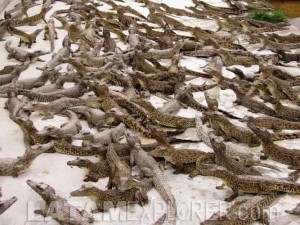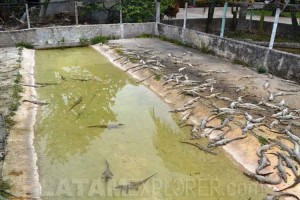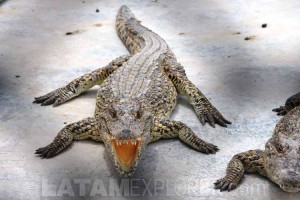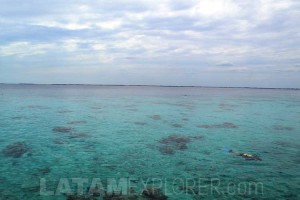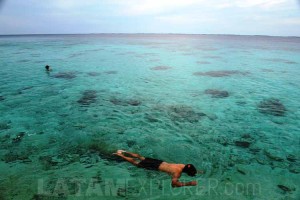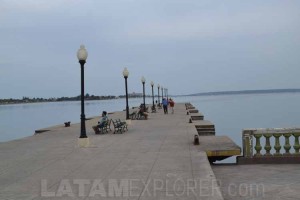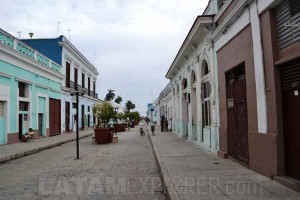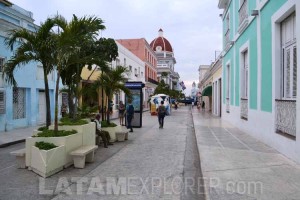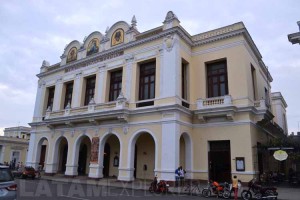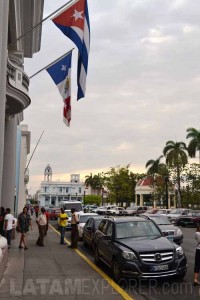Home > Destinations > Caribbean Islands > Cuba > Ciénaga de Zapata and Cienfuegos
Ciénaga de Zapata and Cienfuegos, Cuba
Leaving Havana through the National Highway (N-1), the country’s main highway, towards the center of the island, the province of Matanzas is reached after approximately 100km (62mi). From this moment on, the territory south of the highway is occupied by the Zapata Peninsula, also known as Ciénaga de Zapata, a Biosphere Reserve declared by UNESCO and covered by swamps and very dense vegetation. This is still a little explored territory and a paradise for bird and wildlife observers.
At the city of Jaguey Grande, some 50km (30mi) after the provincial border, it is possible to continue ahead on the same highway, towards Santa Clara or Cienfuegos, or take a detour to the right circling the Ciénaga towards Playa Girón. Choosing the second option, a series of small attractions are scattered throughout the way, allowing a change to get in touch with the wildlife and with the culture of the Taíno peoples, original inhabitants of this region.
Some 17km (10mi) south of the National Highway, to the right of the road, you will find the Crocodiles Breeding Center, a project undertaken by the Ministry of the Fishing Industries that fosters the reproduction of two species of crocodiles – more than 3,000 individuals can be observed in several stages of their life cycle. This place also features a small shop where handicraft made using crocodile skin can be found (if you decide to buy anything, always request the certificate of origin, in order to avoid custom issues) and a restaurant that serves, guess what: crocodile meat. Almost in front of the breeding center, across the road, lies the boarding deck for a boat tour to Guamá, where a Taíno village built on the shores of the Treasure Lagoon can be visited.
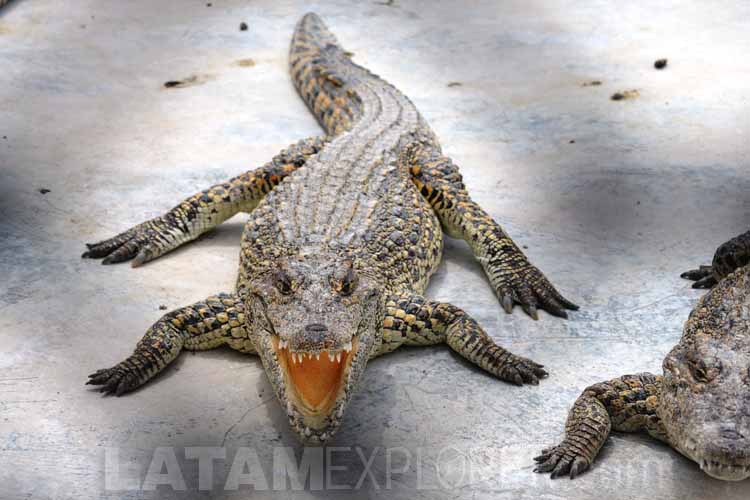
Hitting the road again, the place known as Fish Cove is found after another 27km (17mi). This is, in fact, just a large hole on the ground, 61m (200ft) deep, full of colorful fishes. Both the Fish Cove and the beach in front of it, on the Bay of Pigs, are popular diving spots. 18km (11mi) further south you will reach Playa Girón, whose beaches are not really comparable to Cuba’s best, but that is famous, besides for scuba diving, due to its historic role as the disembarkment point of the contra-revolutionary troops, formed by Cuban exiles sponsored by the US, that tried to remove Fidel Castro from the power in 1961 - there is not really much to do here besides visiting a small museum and observing some anti-American propaganda (which is bound not to last for long).
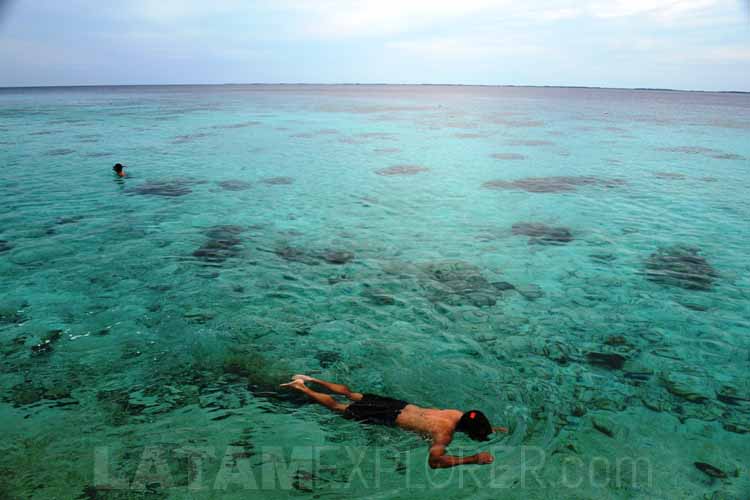
Leaving Playa Girón, it is another 80km (50mi) trip to the city of Cienfuegos, also known as the Pearl of the South. Founded in 1819, Cienfuegos is the only Cuban city founded by French settlers and deserves credit for preserving several architecturally relevant buildings, like the Tomas Terry Theater. This city has a cleaner aspect than most similarly sized cities in Cuba and a more authentic feeling than more popular sights like Varadero or Trinidad.
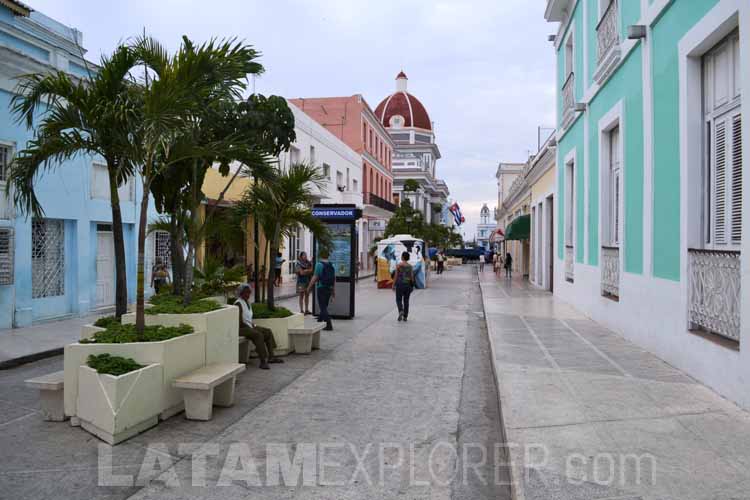
Home to slightly more than 150,000 inhabitants, Cienfuegos is a calm city. Its main attractions are concentrated in two relatively distant areas: Pueblo Nuevo, where the main square, the theater, the cathedral and the main commercial life are found, and Punta Gorda, a more modern zone, home to the Valle Palace, built in neo-gothic style between 1913 and 1917. Further away, the Jagua Fortress (officially the Castle of Our Lady of the Angels of Jagua) also deserves a visit – the ferry transfer to Jagua allows for some nice views over Cienfuegos and its surroundings.
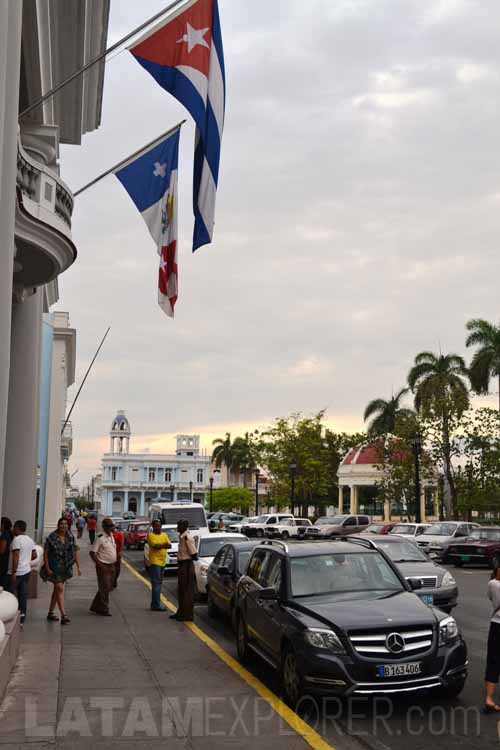
Although the road from Havana to Cienfuegos via Playa Girón is 290km (180mi) long, Cienfuegos can also be reached in 240km (150mi) using a more direct route. From downtown, you can continue along the south coast to the colonial city of Trinidad, 82km (51mi) away, or head to the center of the island, to Santa Clara, 72km (45mi) away, to learn more about who Che Guevara was.
